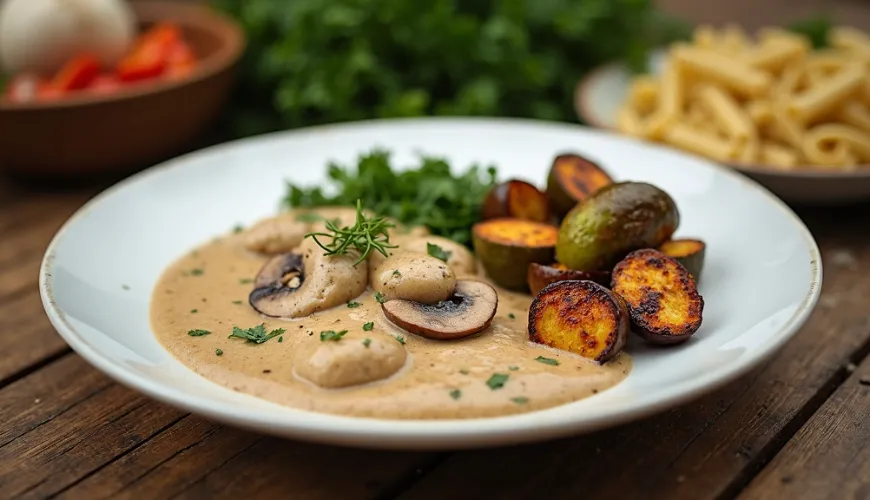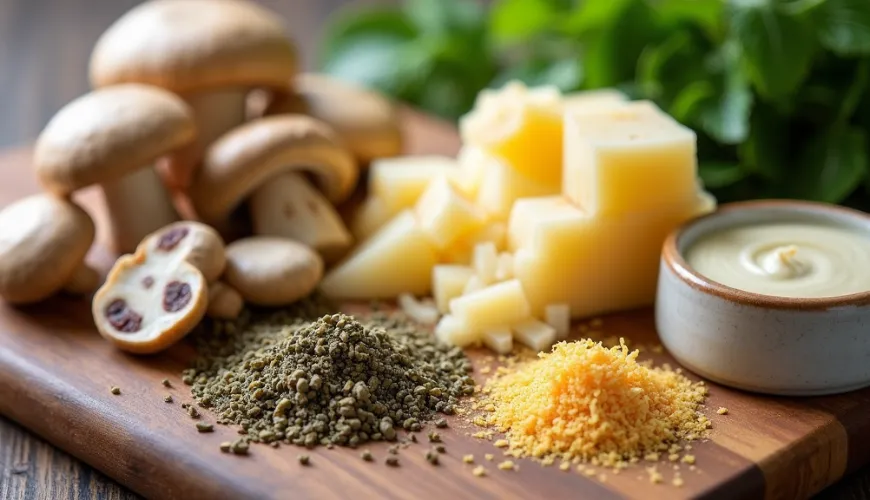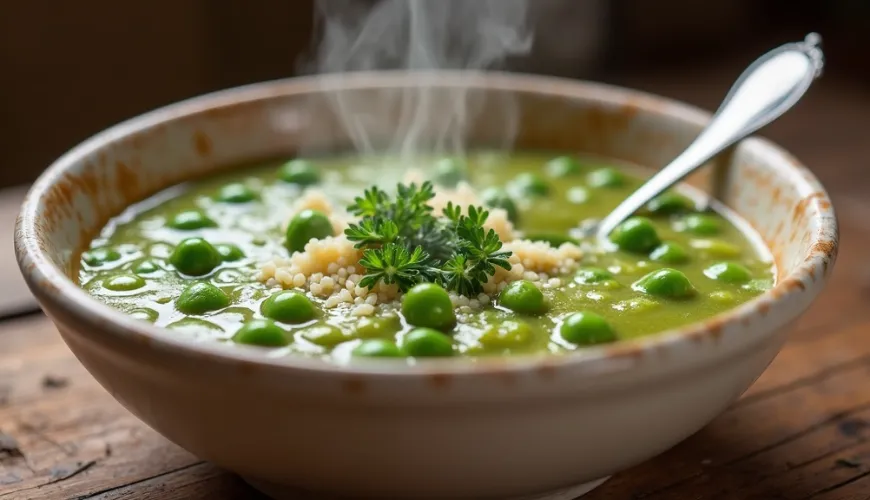
Discover how MSG in seasoning can affect the taste of your dishes

MSG in Spices - A Hidden Ingredient Worth Knowing About
Nowadays, the question of what we eat is more important than ever. More and more people are monitoring food composition, seeking natural alternatives, and trying to choose products that support a healthy lifestyle. One frequently discussed topic is MSG in spices, or monosodium glutamate, which is added not only to meals but also to pre-prepared seasoning blends. What exactly is MSG, why is it used in spices, and should we avoid it?
MSG, or monosodium glutamate, is a salt of glutamic acid – an amino acid commonly found in nature, such as in tomatoes, cheeses, or mushrooms. This substance was first isolated at the beginning of the 20th century by Japanese chemist Kikunae Ikeda, who sought to capture a specific flavor we now know as umami. Umami is considered the fifth basic taste alongside sweet, salty, sour, and bitter, and describes a rich, meaty flavor known from broths or fermented foods.
Why Is MSG Added to Seasoning Blends?
Monosodium glutamate has the ability to enhance the natural flavor of foods. This is why it is so popular in industrially produced spice blends, instant soups, meat broths, or snacks. If you've ever wondered why some seasoning mixes taste so "full" and "irresistible," it's often due to MSG.
From an economic standpoint, MSG is a cheap way to give food a more intense flavor without needing to use higher quality or more expensive ingredients. Manufacturers can thus reduce costs while offering consumers a product that tastes "better." However, this raises an ethical dilemma: is it right to deceive our taste buds with chemically enhanced flavors?
Is MSG in Spices Harmful?
The safety of MSG is a heavily polarized topic. Some studies, such as those summarized by the U.S. Food and Drug Administration (FDA), state that glutamate is safe for most people when consumed in regular amounts. However, in the 1960s, the so-called Chinese restaurant syndrome emerged, where people reported headaches, sweating, heart palpitations, or nausea after consuming meals rich in MSG.
Although most scientific research hasn't confirmed these effects in the general population, some individuals may be sensitive to MSG. In such cases, it's best to avoid it, just as with other food additives that may cause individual reactions.
What is crucial: MSG itself is not toxic. The danger lies more in its overuse and its frequent presence in industrially processed foods, which may be nutrient-poor and full of other additives.
How to Identify MSG in Spices?
Want to know if your favorite seasoning contains glutamate? Then make sure to read the labels carefully. MSG might not only be hidden under the name "monosodium glutamate" – it could be masked as E621, flavor enhancer, hydrolyzed vegetable protein (which can naturally contain glutamate), or even autolyzed yeast extract.
In some cases, MSG might not be listed directly if it's part of another ingredient. Therefore, it's advantageous to choose spices and blends that declare "no added glutamate".
Are There Alternatives to MSG in Spices?
Fortunately, yes. If you don't want to miss out on rich flavor but still wish to avoid monosodium glutamate, there are natural ways to achieve a similar effect. For example:
- Dried mushrooms, like shiitake or porcini, contain natural glutamate and give dishes an umami flavor.
- Parmesan and other cheeses with high umami content can be used in small amounts in various recipes.
- Fermented products, like miso paste or soy sauce, can also add a rich and full flavor.
- Tomato concentrate is another natural source of umami.
In health-focused stores, such as Ferwer, you can find a wide range of MSG-free spices made only from natural ingredients without synthetic flavor enhancers.
A Real-Life Example
Imagine a typical scenario: Jana, a mother of two, quickly buys a grill seasoning mix without thoroughly reading the ingredients. At dinner, she notices the meat tastes suspiciously "intense," and the children unusually complain of thirst. Later, she discovers the mix contained a high amount of MSG and salt. Since then, Jana has resolutely chosen spices labeled as natural and additive-free. Not only does she feel better, but she also has greater control over what she feeds her loved ones.
How to Choose Spices More Healthily?
When choosing spices or various seasoning mixes, it's not a bad idea to stick to a few simple rules that will help you hit the mark. Firstly, it's definitely good to read the ingredients – really go through them and prefer products where the ingredients are clear and understandable, with no complicated chemistry or mysterious abbreviations. If the situation allows, opt for single-ingredient spices instead of ready-made mixes – you have more control over what you actually put on your plate.
Another thing worth checking out is organic products; they give you a slightly better assurance that there won't be any unwanted synthetics. Finally, it's worth focusing on various quality certificates – like those confirming that the product comes from organic farming; this label can be a good guide when you're unsure what to choose.
According to the European Food Safety Authority (EFSA), proper consumer information is key to responsible food choices. Therefore, it's important not only to trust brands but also to understand what individual components mean.
Small Changes with a Big Impact
It might seem like addressing the presence of MSG in spices is a minor issue, but in the sum of all the foods we consume daily, it can have a significant impact on our health. By choosing more natural alternatives and avoiding unnecessary additives, you can reduce the overall burden on your body and support a healthier lifestyle.
As the famous saying goes: "We are what we eat." And today, this holds truer than ever. Therefore, it makes sense to opt for pure spices, free of monosodium glutamate, and enjoy the true taste of herbs and spices in their most natural form.

